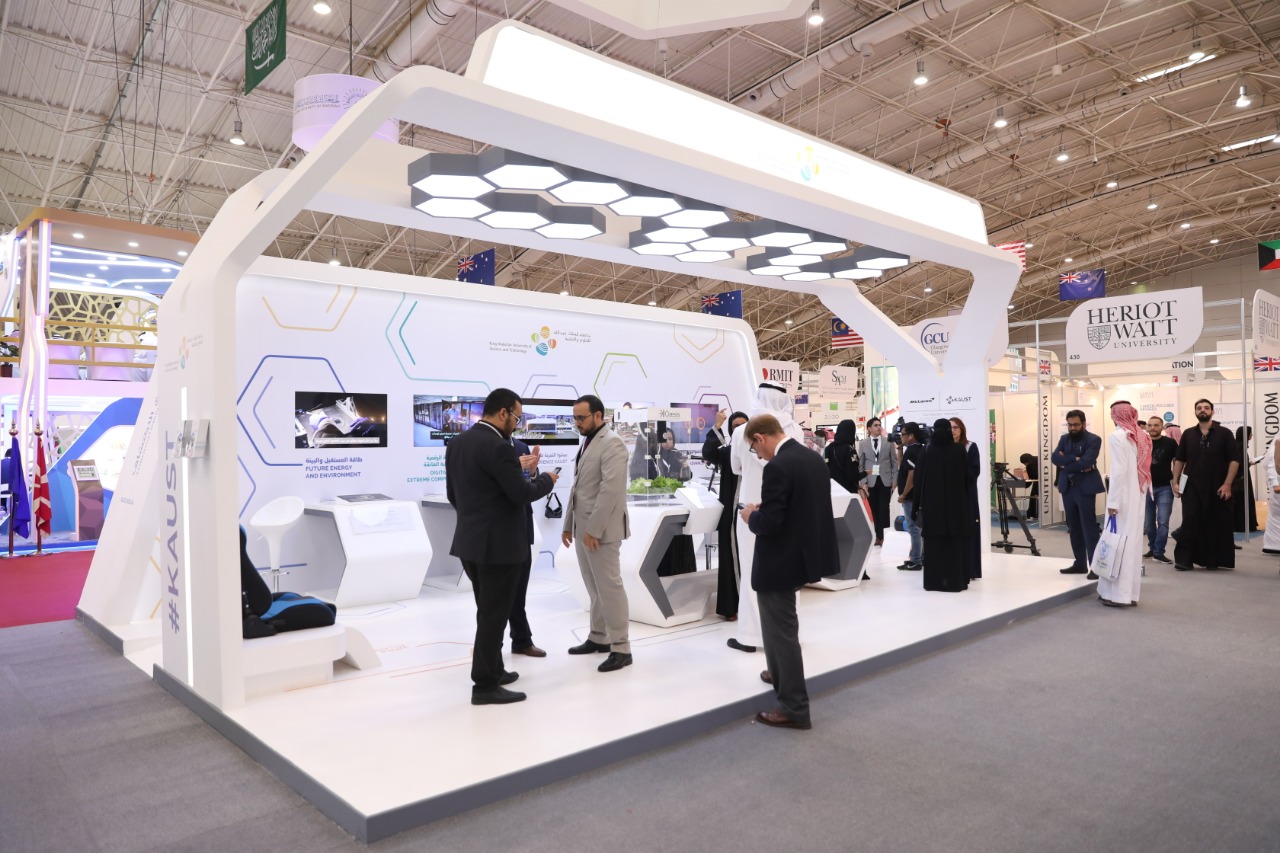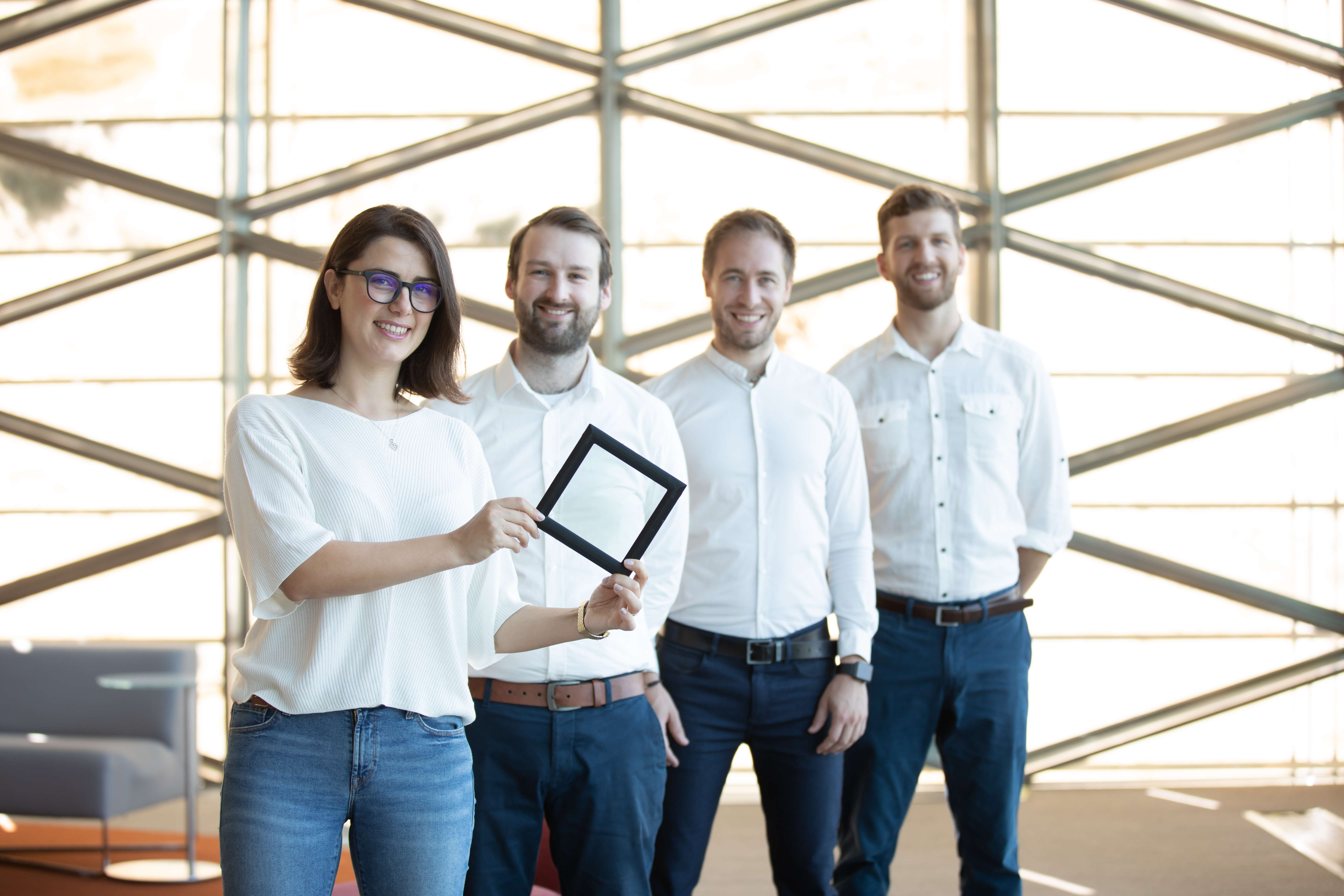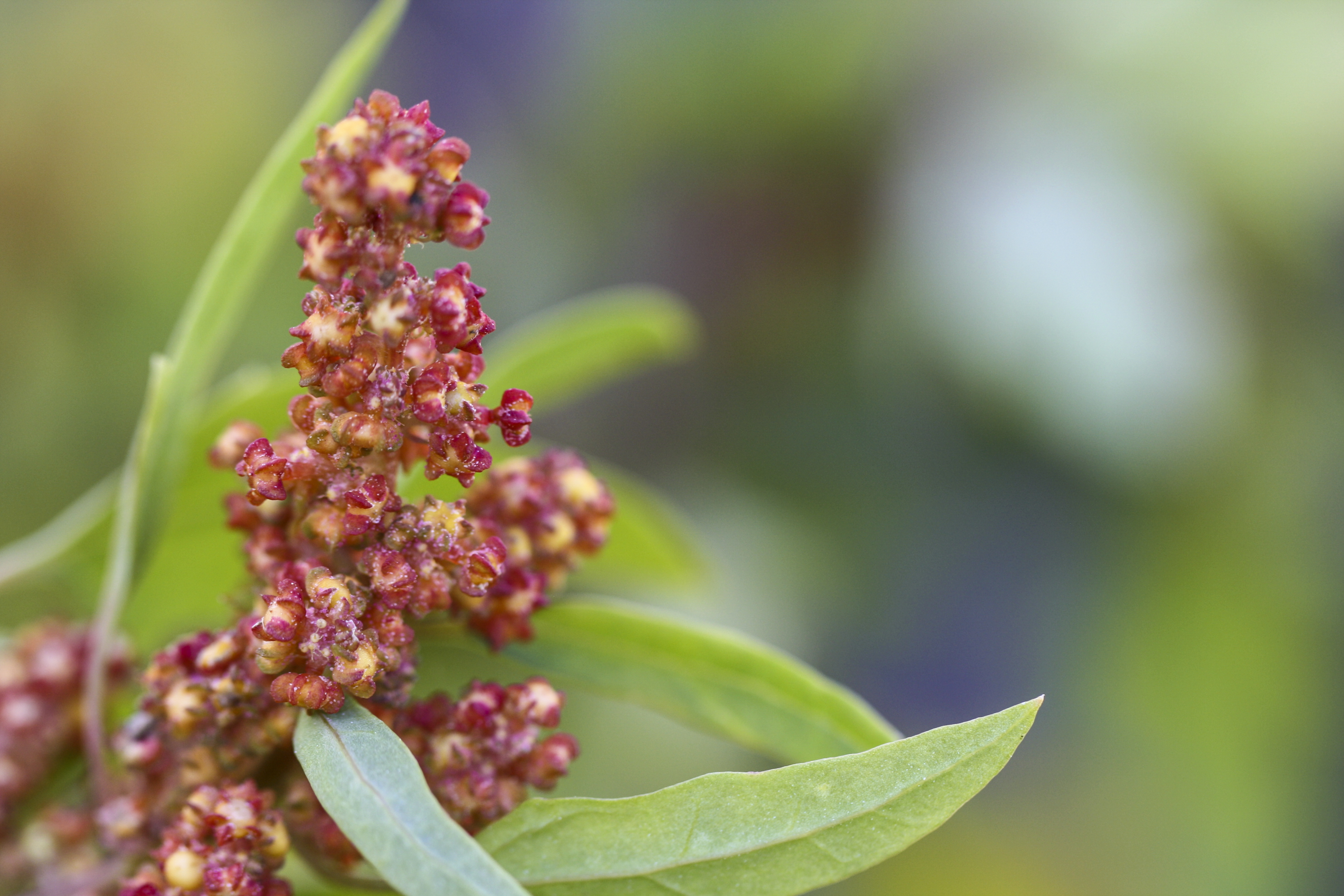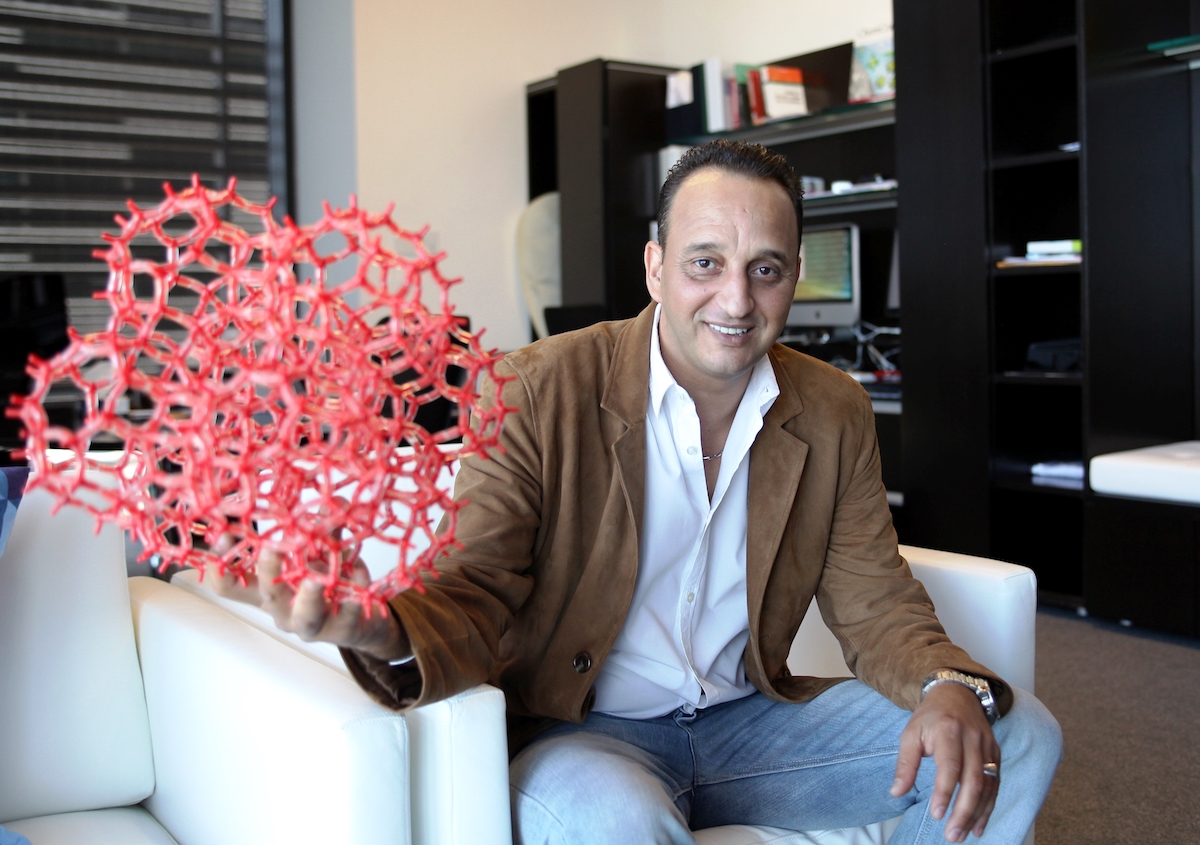- Alumni (88)
- Announcement (15)
- Community (5)
- COP16 (7)
- Enrichment Programs (74)
- Events (66)
- Faculty Focus (104)
- Features (135)
- Innovation (79)
- KAUST Discovery (7)
- News (517)
- Press Release (114)
- Research (130)
- Smart Health (5)
- Students (113)
- WEP (30)
KAUST showcases inspirational research and innovation

The University is currently taking part in the International Exhibition & Conference on Higher Education in Riyadh. There, KAUST is showcasing its research, innovation and startups. File photo.
KAUST is hosting a special exhibition featuring its interdisciplinary research, innovation and several of its startup companies at the International Exhibition & Conference on Higher Education in Riyadh in April. The University's participation reflects the conference's theme this year, which is "Transforming Saudi Universities in an Era of Change."
In a joint scientific session with the Saudi Minister of Education HE Dr. Hamad bin Mohammed Al Al-Sheikh, Dr. Tony Chan, KAUST president, will discuss a paper entitled "Vision and Inspiration: Models of the New Governance."
Innovative discoveries
The KAUST exhibition sheds light on how researchers from the University's Solar Center work on smart solar windows that turn some incoming sunlight into electricity.
Opaque, conventional silicon solar panel materials cannot be used for solar windows. The new solar windows are based on light harvesting organic molecules that could be printed onto glass like ink. The organic photovoltaic formulation captures infrared light—blocking heat from entering the building but allowing visible light to pass through.

The team behind iyris, the solar window startup company co-founded by Derya Baran (first on left), KAUST assistant professor of material science and engineering, is pictured here on the KAUST campus. File photo.
In mid-2018, her startup team—which includes Nicola Gasparini, Joel Troughton and Daniel Bryant—participated in TAQADAM, a Saudi university startup accelerator delivered by KAUST in partnership with SABB bank.
After completing the six-month program, iyris was one of the startup finalists awarded $100,000 of follow-on funding. iyris is now in talks with several window manufacturers about coating the light-harvesting layer on to their glass. This can be installed into electrically connected double glazed window units.
KAUST Assistant Professor Himanshu Mishra and his research team developed SandX, a material comprised of sand and paraffin wax, that dramatically reduced the evaporation of water under field trials in western Saudi Arabia. File photo.
The researchers demonstrated a ~70 percent enhancement in the yields of tomato and barley crops in comparison to the unmulched controls under normal irrigation.
Arid environments
KAUST is leading the way in research on salinity tolerance and the adaptation of plants growing in salty soil that could lead to advancements in desert agriculture within the Kingdom.
Researchers are studying how salt-tolerant plants are able to survive in harsh environments. They are then using the knowledge to make less salt-tolerant plants grow better in difficult conditions. This work aims to improve plant yields in sub-optimal conditions—where, for example, the soil is salty or the water used to irrigate the plants is salty.

KAUST researchers completed the first high-quality sequence of the Chenopodium quinoa genome, and they also located genes that can be manipulated to modify quinoa for more widespread commercial use. Image courtesy of Shutterstock.
There is immense potential for the genome sequence to help scientists understand quinoa and modify it for more widespread commercial use. High-quality sequencing of plants like quinoa could lead to successful crop yields in arid regions like Saudi Arabia to enhance food security in the region and the world.

Mohamed Eddaoudi, KAUST distinguished professor of chemical science, is shown here on the KAUST campus with a model of a metal-organic framework, or MOF. File photo.
The flexible structure of the metal-organic framework, or MOF, can be manipulated for a multitude of highly specific applications. The MOF could, for example, be used to remove CO2 from the atmosphere or to enable the storage of cleaner fuels such as hydrogen and methane for power.
Related stories:
- Turning windows into solar panels
- TAQADAM Startup Accelerator funds seven promising startups
- Growing more with less
- Quinoa-quest to feed the world
-
MOFs for clean energy

